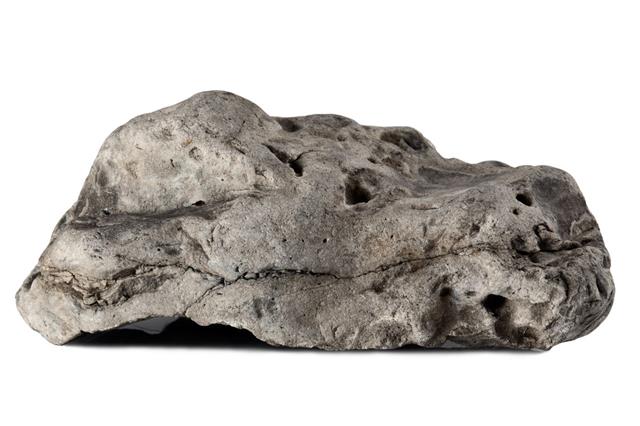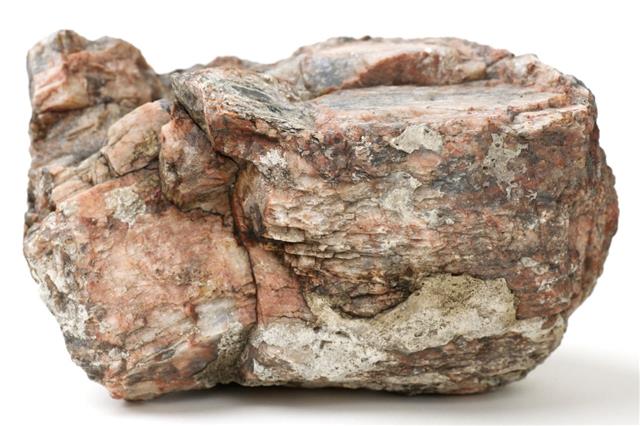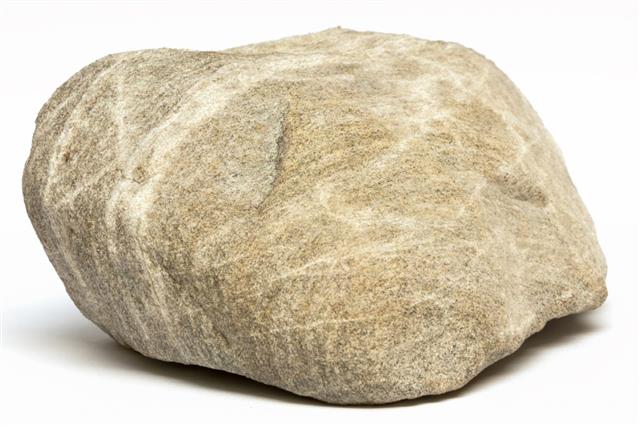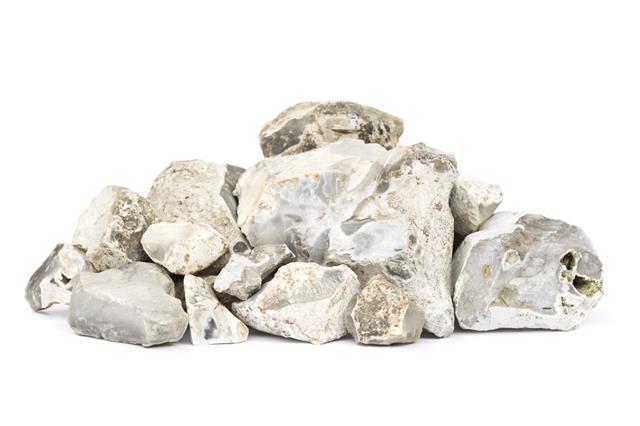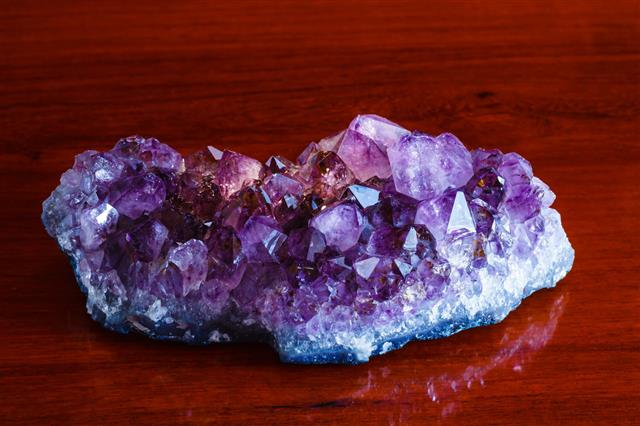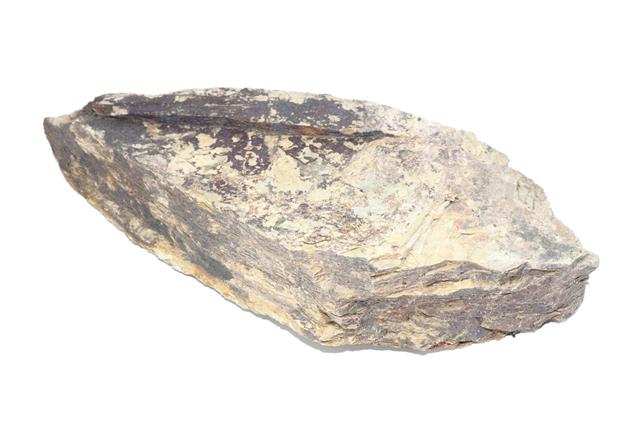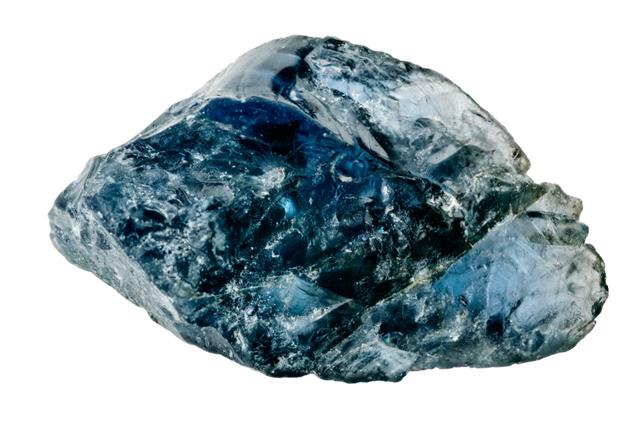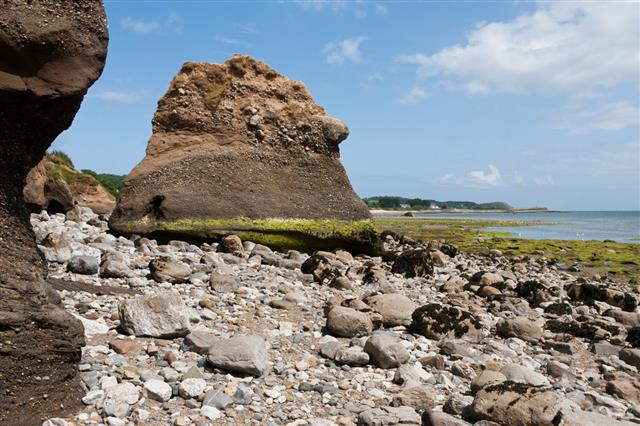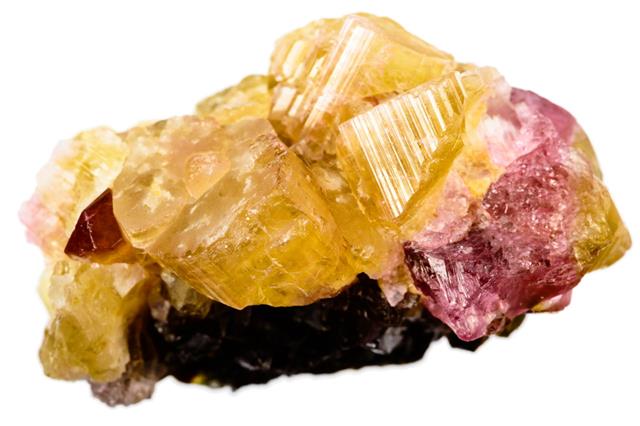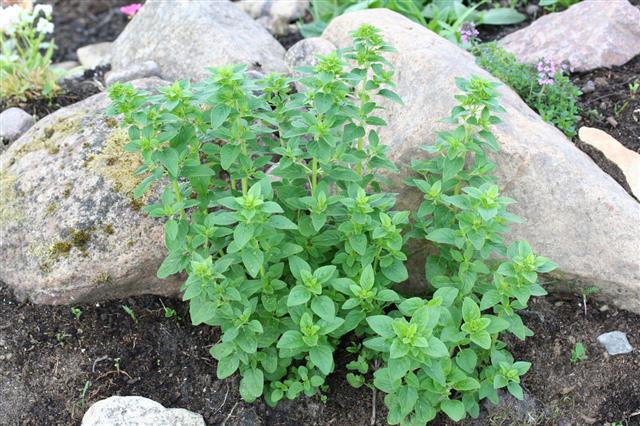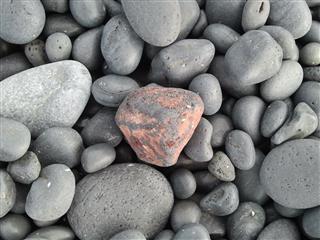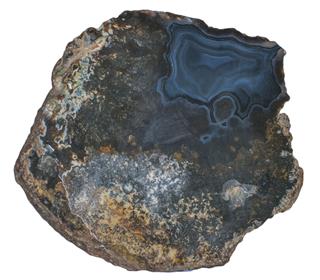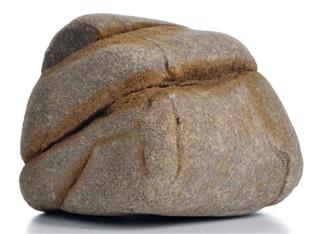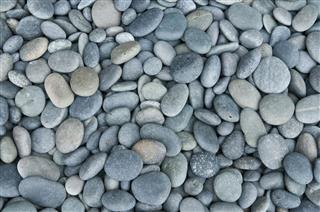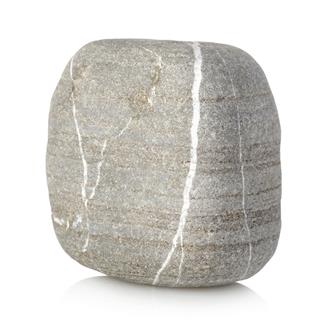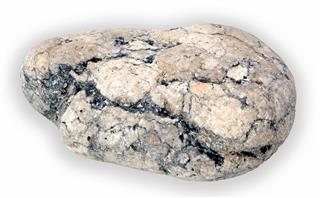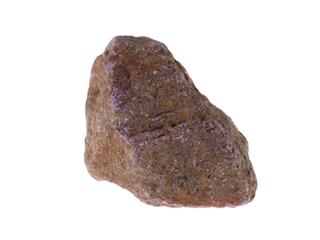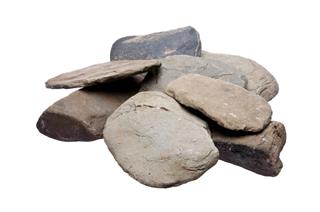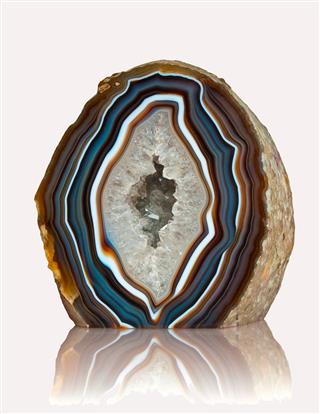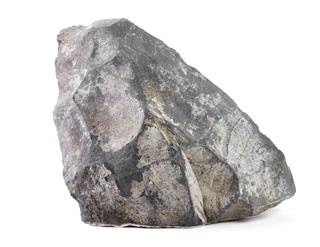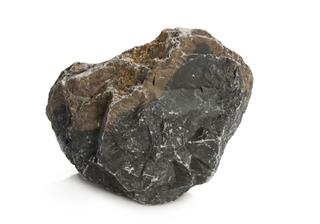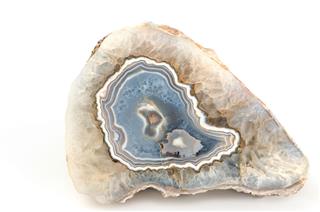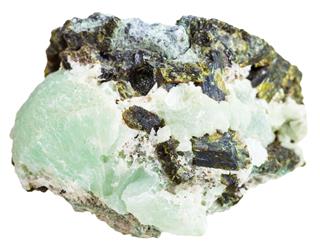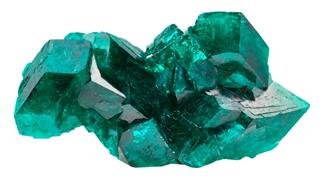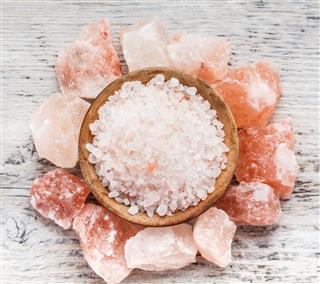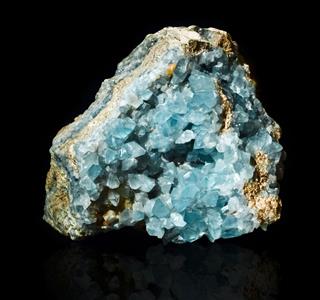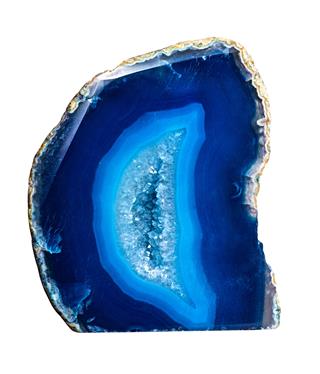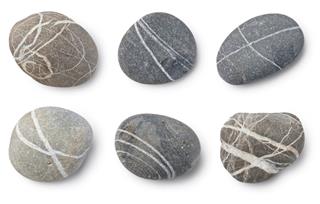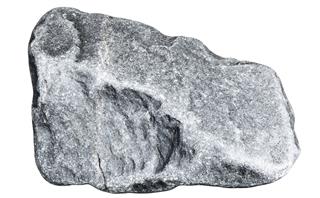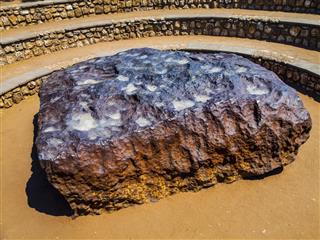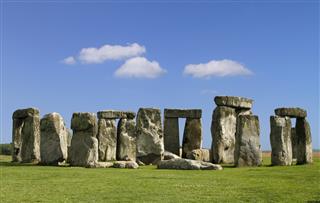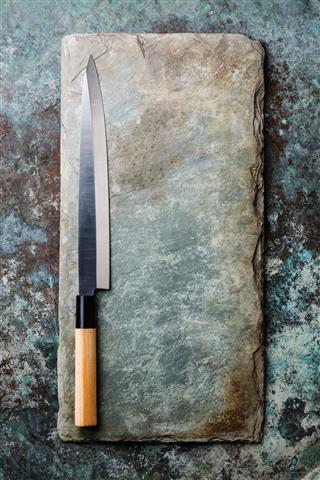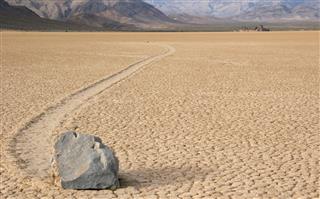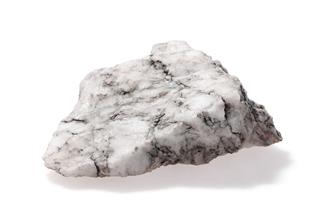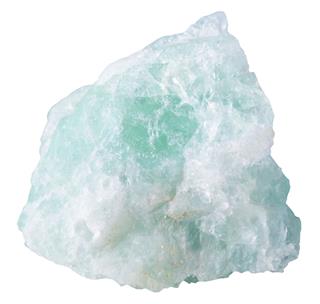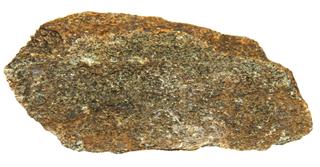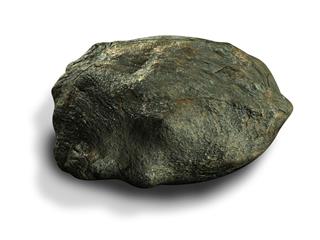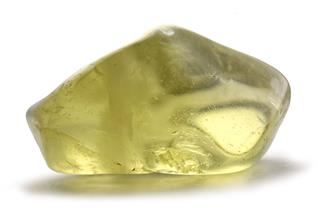
Gabbro is an intrusive igneous rock that is composed mainly of the minerals clinopyroxene and calcium-rich plagioclase feldspar. It has numerous uses like for making cemetery markers, monumental stone, as crushed materials for construction and several other things.
Did You Know?
Gabbro rocks are found on earth, moon, mars, and many large asteroids.
The term, gabbro, was named after a town in the Italian Tuscany region by the German geologist Christian Leopold von Buch.
Gabbro is a plutonic igneous rock. Igneous rocks are rocks that are formed by the solidification of molten rock material. There are two main types of igneous rocks. One is the intrusive or plutonic igneous rock that forms below the earth’s surface. An example of this is gabbro. The other type is the extrusive igneous rock that solidifies at or above the earth’s surface. An example is basalt. At times, gabbro contains some rare metals. Gabbros containing the mineral ilmenite are mined to obtain titanium. Some other gabbros are mined to obtain nickel, chromium or platinum.
Gabbro is equivalent to basalt in composition. The speed at which the molten rock solidifies determines if it is a basalt or gabbro. Gabbro is called norite if the percentage of orthopyroxene is greater than that of clinopyroxene. It is called quartz gabbro if the magma from which it is formed is oversaturated with silica. Gabbro is called essexites if the magma is under-saturated with silica.
Composition
Gabbro is composed mainly of the minerals plagioclase feldspar (rich in calcium) and clinopyroxene (augite). Clinopyroxene is a member of the pyroxene group minerals having a monoclinic crystal structure. Pyroxenes are essential minerals usually found in igneous and metamorphic rocks.
Gabbro rock may also contain small amounts of olivine, amphibole, chrome garnet, actinolite, orthopyroxene, biotite, magnetite, ilmenite and apatite. Gabbro contains interlacing crystals, which are oriented in a haphazard manner.
Formation and Occurrence
Gabbro is found in many places on earth like India, Germany, Alaska, South Africa, Greenland, Turkey, Italy, Greece and many others. It is found abundantly within the oceanic crust. Gabbro can be formed as a massive intrusion by crystallization of pyroxene and plagioclase, or as alternating light plagioclase feldspar and dark clinopyroxene layer. If olivine is present, it shows the dark olivine layers as well.
A thin layer of rocks at or above the oceanic crust are the basalts. Basalts are formed by molten rock material called magma reaching the oceanic crust. This material after reaching the oceanic crust is called lava. They cool very soon when it comes in contact with cold ocean water. The cooling rate is faster and so the rock crystals do not grow into big sizes, and they form fine-grained crystals.
Gabbros are formed below the basalt rocks. They are formed by molten rock materials, but within the oceanic crust unlike the basalts. The molten material at this depth is called magma. Magma is warmer than the rocks that are near the surface just under the ocean water. It is surrounded by pre-existing rocks and thrust upwards from within the earth. They then cool down very slowly and form gabbro rocks with large crystals.
Gabbro is also found sometimes in the continental crust. In the continents, gabbro can be found within dense masses of lava where they cool down slowly and form large crytalline rocks.
Properties
Gabbro rocks are coarse-grained and the crystals are in the size range of 1 mm or greater. They are dense greenish or dark-colored rocks. They possesses high density and low electrical resistivity. They have low levels of radioactive elements like potassium, thorium.
Uses
Gabbro is used on buildings as a facing stone.
Gabbro rocks are used as crushed stone materials or aggregate at construction sites. They are used as crushed stones for road metal, railroad ballast and others.
Gabbro is cut into small parts, polished to a brilliant black shine and sold in the dimension stone industry as black granite. Polished gabbro is used to make cemetery markers, kitchen countertops, floor tiles, monumental stone and other dimension stone products.
Gabbro rocks are used to make many rough-cut products like curbing, ashlars, paving stones and others.
Gabbro is also called black granite, and is a well-known graveyard headstone used in several funerary rites.
Gabbro rocks are also used as a sea defense. They are placed at the sea shores to prevent the high tides from reaching the roads.
Healing properties of Gabbro as a gem
Gabbro is believed to calm down temper, gain connection to the Higher Self and bring out the energy of the third-eye. It helps one in finding energy blockages within the body. It is believed to be important for treating hot flashes, cellular swelling and infection, disorders of the immune system, bruising and sprains. Gabbro is also believed to purify the body, to the effects of fevers and balance the alkalinity of the body due to the presence of magnetite in it.
